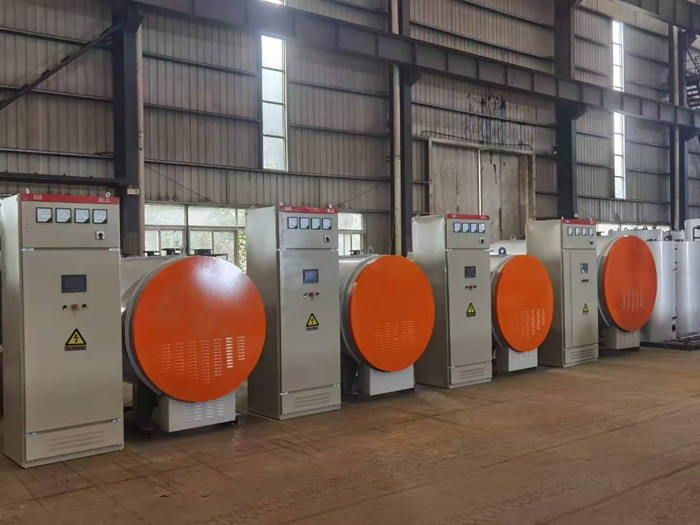Energy-saving boiler counter-balance efficiency calculation formula
Release time:
2022-08-05
According to TSGG003-2010 "Rules for Energy Efficiency Testing and Evaluation of Industrial Boilers", a 4-hour energy efficiency test was conducted on the boiler. The arithmetic average of the positive and negative balance efficiencies was used as the thermal efficiency of the energy-saving boiler. Compared with the boiler energy efficiency parameters calculated by the system, the error is very small, indicating that the system data has high accuracy and reliability.
Energy-saving boiler: The online energy-saving diagnostic module also has a simulation function that can analyze parameters that significantly affect the boiler's thermal efficiency. By setting the thermal parameters in the human-machine interface, the operating state of the boiler during operation can be simulated, serving as a key parameter for monitoring.

According to TSGG003-2010 "Rules for Industrial Boiler Energy Efficiency Testing and Evaluation", a 4h energy efficiency test is conducted on the boiler, and the arithmetic average of the positive and negative balance efficiencies is taken asEnergy-saving boilerthe thermal efficiency. Compared with the boiler energy efficiency parameters calculated by the system, the error is very small, indicating that the system data has high accuracy and reliability.
Third, the principle of online energy-saving diagnosis.
Energy-saving boilerThe calculation formula for the negative balance efficiency is TSGG003-2010 "Rules for Industrial Energy-saving Boiler Energy Efficiency Testing and Evaluation":
100-(q2+q3+q4+q5+q6)
Energy-saving boiler: In the above formula, q2, q3, q4, q5, and q6 represent flue gas heat loss, heat loss due to incomplete combustion of gas, heat loss due to incomplete combustion of solids, heat dissipation loss, and ash physical heat loss, respectively. Q3 and q5 can use the method of tsgg003-20100 intersection and use fixed values. When the boiler output is less than 75% of the rated output, it can also be corrected by calculation. For coal-fired industrial boilers, the q6 intersection can use a fixed value. The q2 intersection can be calculated using the calculation formula in the tsgg003-2010 intersection rules. A value q4 can be given in advance for the q4 intersection. After calculating the q2 intersection, it can be calculated using the following formula:
(q2+q3+q5+q6)q4=100-
Energy-saving boiler: It collects thermal parameters through a method that combines positive and negative balance calculations. After calculating Q4, compare |Q4-Q4|4|≤0.1. That is, determine the value. If the difference is greater than 0.1, the calculated Q4 will be assigned to Q4. All heat losses can be obtained by recalculation until the result is obtained.
Energy-saving boiler: This method allows users and energy-saving regulatory units to intuitively obtain the parts with larger heat losses, so as to take corresponding measures to adjust the operating state of the boiler, and infer all heat loss values through the thermal efficiency calculated by the system.
Online monitoring system for energy-saving diagnosis examples.
We installed this system on a coal-fired industrial boiler of Model SZL10-1.25-AⅡ at a certain enterpriseEnergy-saving boilerAfter a period of operation, it was found that the boiler's thermal efficiency was low, and the ideal efficiency value could not be reached even after optimizing the combustion conditions. After careful analysis for a period of time, the various heat loss values detected by the system showed that the flue gas temperature was too high, resulting in a large amount of flue gas heat loss. Following our suggestions, the boiler user added a high-efficiency energy-saving water tank on the basis of the original economizer, which reduced the flue gas temperature of the boiler and reduced the flue gas heat loss to a lower range. Changes in boiler thermal efficiency, flue gas heat loss, and flue gas temperature after adding a high-efficiency energy-saving water tank.
Latest News




